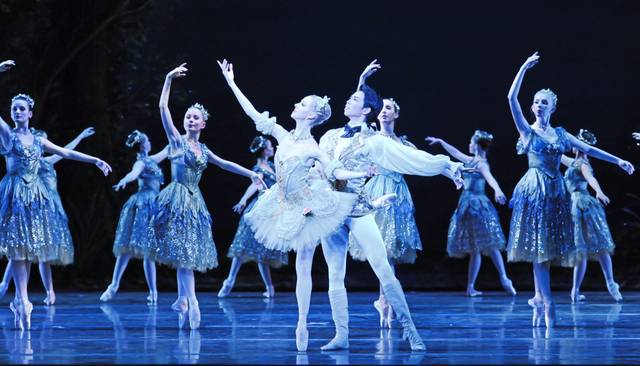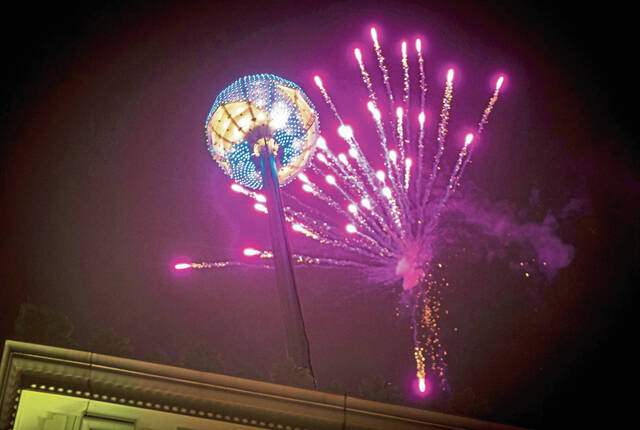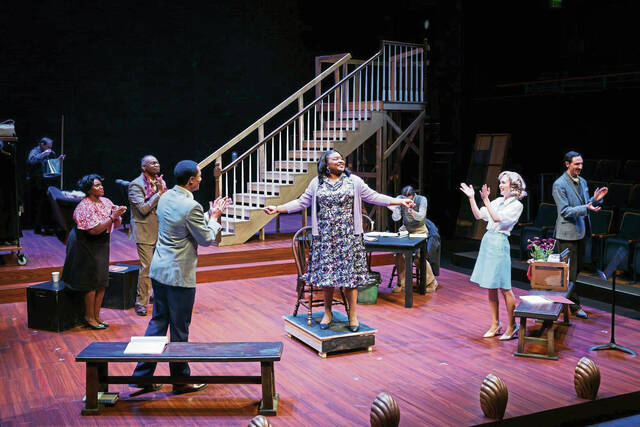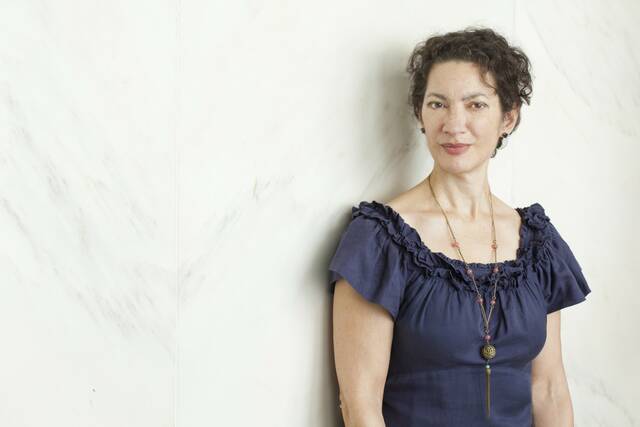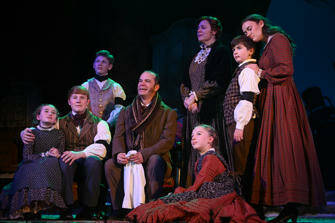Dreams can come true, and not only in fairy tales.
Amanda Cochrane has known “The Sleeping Beauty” story since she was a little girl growing up in Spokane, Wash., and admits she was obsessed with Disney’s animated film adaptation. She was 18 when she first performed in it with her ballet school.
Now a principal dancer with Pittsburgh Ballet Theatre, she’ll perform the title role in upcoming performances which will conclude the company’s 49th season.
Pittsburgh Ballet Theatre will present four performances of “The Sleeping Beauty” May 10-12 in Pittsburgh’s Benedum Center. Charles Barker will conduct the Pittsburgh Ballet Theatre Orchestra.
A pinnacle of ballet
The story derives from Charles Perrault’s 1697 fairy tales “La Belle au bois Dormant” (“The Sleeping Beauty in the Wood”), adapted in 1890 by choreographer Marius Petipa and set to music by Peter Ilyich Tchaikovsky. Petipa was ballet master at the Imperial Ballet in St. Petersburg, Russia, now the Mariinsky Theatre.
“The Sleeping Beauty” is widely regarded as a pinnacle of classical ballet.
“It has one of the traditional romantic stories and also an incredible piece of Tchaikovsky music,” says company artistic director Terrence Orr. “It has endured from Petipa’s time to now because it was a real classic style of choreography. It has passion and the conflict of good vs. evil side of fairy tale.
“There is magnificent dancing in each act, including very famous pieces, such as the ‘Rose Adagio’ in the first act, which work as stand-alone pieces,” Orr says.
Staged in two acts
The ballet consisted of a prologue and three acts, but Orr’s staging is presented in two acts, with one intermission.
In the prologue, the king and queen are celebrating the birth of their daughter, Aurora, but the evil fairy Carabosse crashes the festivities to curse the baby with death at 16. The Lilac Fairy intervenes to modify the evil spell by specifying Aurora will sleep for 100 years and be awakened by a prince’s kiss.
Act I occurs on Princess Aurora’s 16th birthday and fulfills the prophecies of the prologue.
Act III occurs a century later. Prince Desire is out hunting and encounters the Lilac Fairy, who shows him a vision of Aurora and tells him where to find her. The prince, after defeating Carabosse with the Lilac Fairy’s help, awakens the princess.
Act IV is the celebration of the princess’ and prince’s wedding.
Daunting demands
The ballet uses rotating casting. Cochrane and Yoshiaki Nakano will perform the leading roles at Friday and Sunday performances. Hannah Carter and Alejandro Diaz will star at the Saturday matinee, while Alexandra Kochis and Luca Sbrizzi will star Saturday evening.
Nakano, in his eighth year with the ballet and fourth as a principal dancer, returns each summer to his native Japan to perform and choreograph in the World Dream Gala.
“It’s really cool to act a prince,” says Nakano, whose only experience of being royalty occurs onstage. “I’m not a storyteller, because as a dancer I don’t speak; but, if you know the choreography, you can express yourself.”
There’s no minimizing the hard work needed to perform “The Sleeping Beauty,” with its daunting demands on dancing technique and stamina. The ballet will have rehearsed five weeks before opening night.
“When you get onstage, there’s always been a magic for me to performing,” says Cochrane. “It hasn’t gone away. I still get nervous and get butterflies, but I still feel the excitement with a live show. It still feels very magical and enjoyable.”


